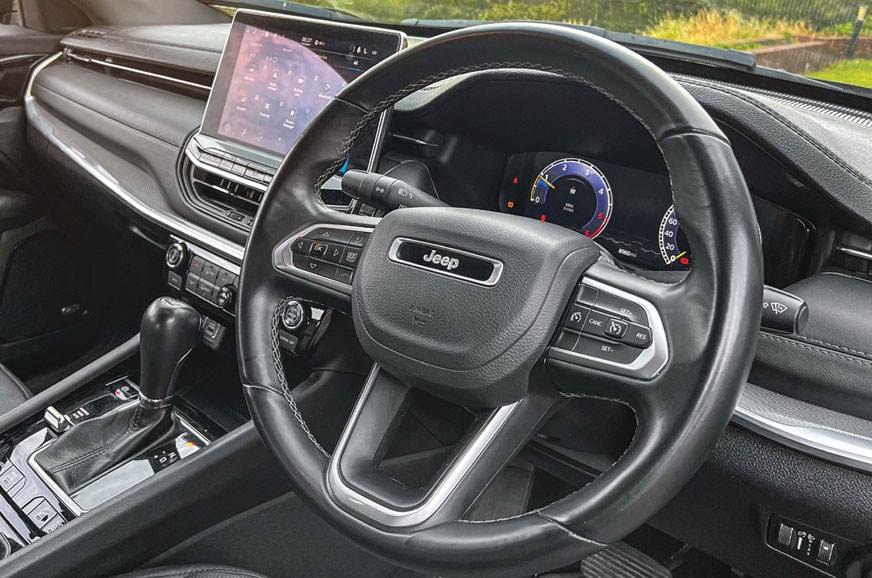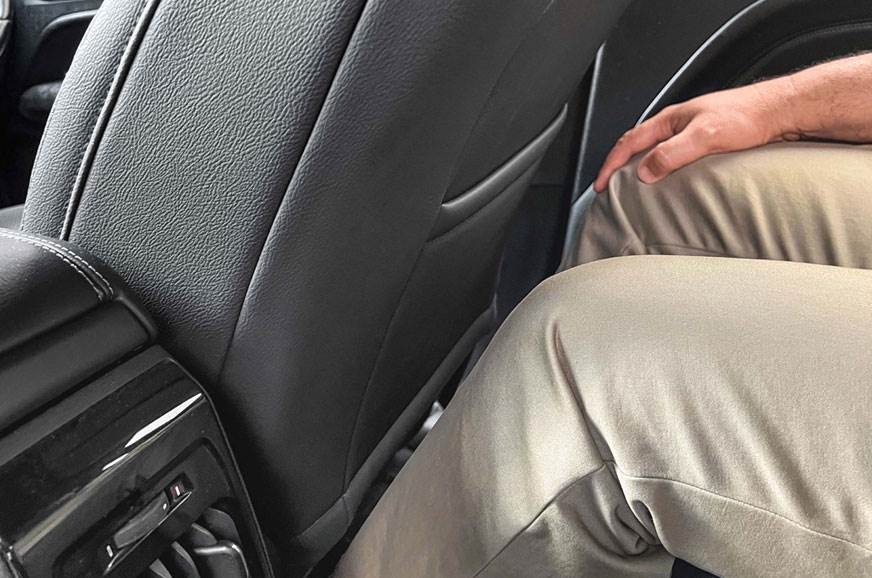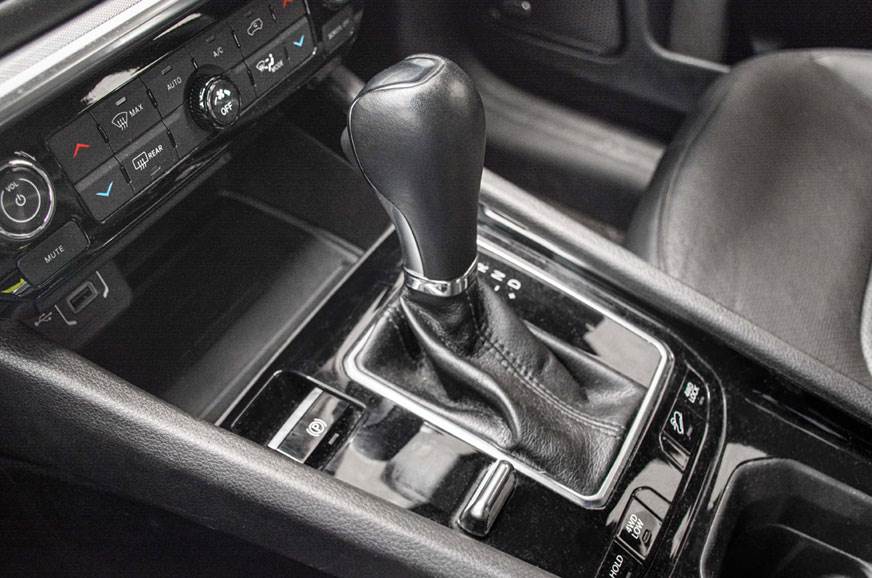
There are facelifts and there’s the Compass facelift. What’s the difference? Unlike most mid-lifecycle upgrades that centre around changes to exterior ‘soft’ parts, like the bumpers, lights and grille, Jeep has put its money in the Compass’ cabin. This is evident every time I step into our long-term Compass, which contrasts sharply with the previous Compass which I got to know well too, after running it as a long-termer.
Nestled in the comfortable and high-perched (for a monocoque) driver’s seat, I feel I’m getting my money’s worth; and that’s saying something, because the Compass, priced at Rs 28.84 lakh for this 2.0 diesel automatic Model S specced version, isn’t cheap.

What you get for that price is a laundry list of equipment which includes an all-new infotainment system and fully digital instrument cluster, plus the latest must-haves like a wireless charging and a panoramic sunroof. But it’s when you start soaking in the cabin, poking around the interior that you realise where the money has been spent. The quality of plastics, the tactile feel of the solid switchgear, the piano black and chrome finishes, the richly crafted steering wheel are all built at genuine luxury car level.
It’s not that interiors of the previous Compass were shabby to begin with, so why did Jeep go OTT lavishing the cabin with far better quality? Jeep’s thinking was that the Compass’ exterior didn’t need much work and it’s in the cabin where outdoorsy Compass customers who buy it for long drives spend most of their time.

And a long drive is what the Compass was subjected to soon after it entered our long-term fleet, straight to, you guessed it, Mahabaleshwar. Space is something you need on a long drive and the Compass doesn’t have an excess of it. Four passengers with all their luggage makes for a snug fit, and deft balancing of the front seat travel is needed to offer sufficient kneeroom for tall passengers. Also, the rear seat doesn’t quite have the width for three passengers to be comfy on a long drive. For the price you pay for a Compass, there are more spacious SUVs out there, but few are as capable.

As a highway car, the Compass just aces it, just like the earlier Compass did. I am reacquainted with the phenomenal high-speed ride quality which gets better the faster you go. The Compass particularly shone on the 20km Panchgani to Mahabaleshwar stretch, which seems to be in a perennial state of disrepair with nasty potholes and ruts that suddenly spring up at you without warning. The Compass smothers these broken bits with such authority that after first flinching when barelling into a couple craters, I quickly realise I don’t need to slow down for them. And there’s no need to slow down when dropping two wheels off the road onto the earthen shoulders either. This is helpful when you are pushed off by any oncoming truck or bus on the narrow mountain road.

It’s this ability to hold speed and not come to a crawl every time the road disintegrates that makes the Compass truly special. It’s not that you can’t drive in the same manner in other SUVs, but it’s the way the Compass makes bad roads a non-event and doesn’t throw you around the way other soft-roaders do. That is the Compass’ forte.
The best part is that the Compass’ beefy suspension hasn’t compromised the way it drives on smooth roads. In fact, powering up the smooth, twisty but wide Khambatkighatenroute to Mahabaleshwar, the Compass’s body control, well-weighted and accurate steering rouses your confidence in the car. But it’s on this uphill climb that a weakness of the Compass was also exposed – the rather languid, 9-speed automatic transmission which swaps cogs like it’s got all day. For driving in an unhurried manner the smooth torque converter works fine, but it’s when you want to overtake that you want a faster downshift. Manually operating the gears does give you more control, but the way the gearbox software has been calibrated, this is fundamentally a slow shifting gearbox in the interests of smoother low-speed mud plugging on off-road tracks, which I haven’t ventured into yet.

Longer and more adventurous trips in the Compass are on the agenda because an SUV like this thrives best in the great outdoors.
https://ift.tt/3qFaQhc



